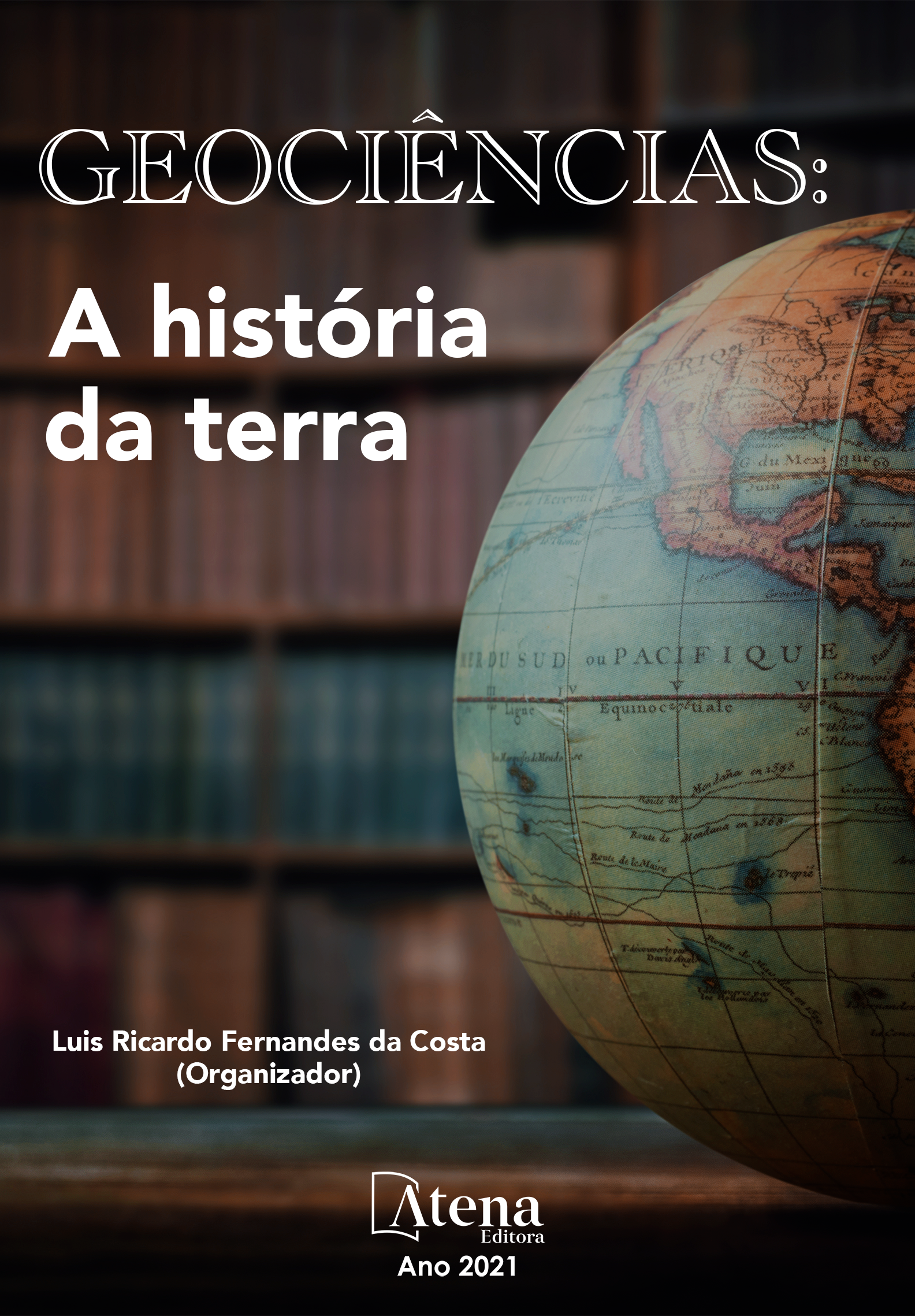
AVALIAÇÃO NUMÉRICA DO IMPACTO DA RESSURGÊNCIA NO SISTEMA DE CIRCULAÇÃO DE BRISAS NO LITORAL DO RIO DE JANEIRO – BRASIL
A ressurgência que ocorre na região do Rio de Janeiro é diretamente relacionada à interação entre processos oceânicos e atmosféricos, tendo como principal característica o afloramento em superfície de águas anomalamente frias e com altas concentrações de nutrientes. Devido ao seu mecanismo de formação, a circulação de brisa marítima e terrestre pode ser significativamente impactada por águas mais frias próximas ao litoral. O objetivo deste trabalho é avaliar numericamente, através do modelo WRF, o impacto da ressurgência costeira na circulação de brisas. Foram utilizadas duas condições de contorno de Temperatura de Superfície do Mar sobre o oceano Atlântico: a primeira proveniente do modelo global CFSv2 e a segunda obtida através de uma metodologia que alia dados estimados pelos satélites Metop-A e NOAA-19 e correções a partir de dados observados in situ. A partir dos resultados, foi possível verificar estatisticamente que as condições de contorno sobre o oceano são capazes de impactar os resultados. Além disso, foi possível sugerir a importância da amplificação do gradiente de temperatura terra-mar, causado pela ressurgência, na intensificação da circulação de brisas. Notou-se influência da brisa marítima nos campos de pressão atmosférica e na temperatura à 2m, incluindo o interior do estado do Rio de Janeiro.
AVALIAÇÃO NUMÉRICA DO IMPACTO DA RESSURGÊNCIA NO SISTEMA DE CIRCULAÇÃO DE BRISAS NO LITORAL DO RIO DE JANEIRO – BRASIL
-
DOI: 10.22533/at.ed.2032101066
-
Palavras-chave: Ressurgência costeira, mecanismo de circulação de brisas, modelagem numérica, condições de contorno de TSM.
-
Keywords: Coastal upwelling, breeze circulation mechanism, numerical modeling, SST boundary conditions.
-
Abstract:
The upwelling that occurs at Rio de Janeiro coastal region is direct relationated with interaction between oceanic and atmospheric process, where anomaly cold water outcrop and high nutrients concentration is the main characteristic. Due to formations mechanism, sea-land breeze circulation may be significantly impacted by the colder waters located at the coastal line. Thus, this study goal to numerically assess the upwelling impact on breeze circulation mechanism at Rio de Janeiro coastal region using different Sea Surface Temperature (SST) boundary conditions over the Atlantic Ocean using WRF regional model. Two SST boundary conditions where used: first was CFSv2, the second was a methodology that uses satellite data (Metop-A and NOAA-19) and data corrections from surface observations by meteoceanographic buoy located at Arraial do Cabo – RJ coast. From results obtained was possible to statistic verify that the boundary conditions over the Atlantic Ocean has capable to significantly impact on the breeze mechanism circulation. Besides that, is possible to verify the importance of the sea-land gradient which was amplificated by the coastal upwelling, resulting on the intensification of the breeze circulation. Sea breeze impact too on the two meters air temperature and surface pressure fields, included places far from the coastal line.
-
Número de páginas: 16
- Ana Cristina Pinto de Almeida Palmeira
- Luiz Paulo de Freitas Assad
- Caio Pereira de Souza


